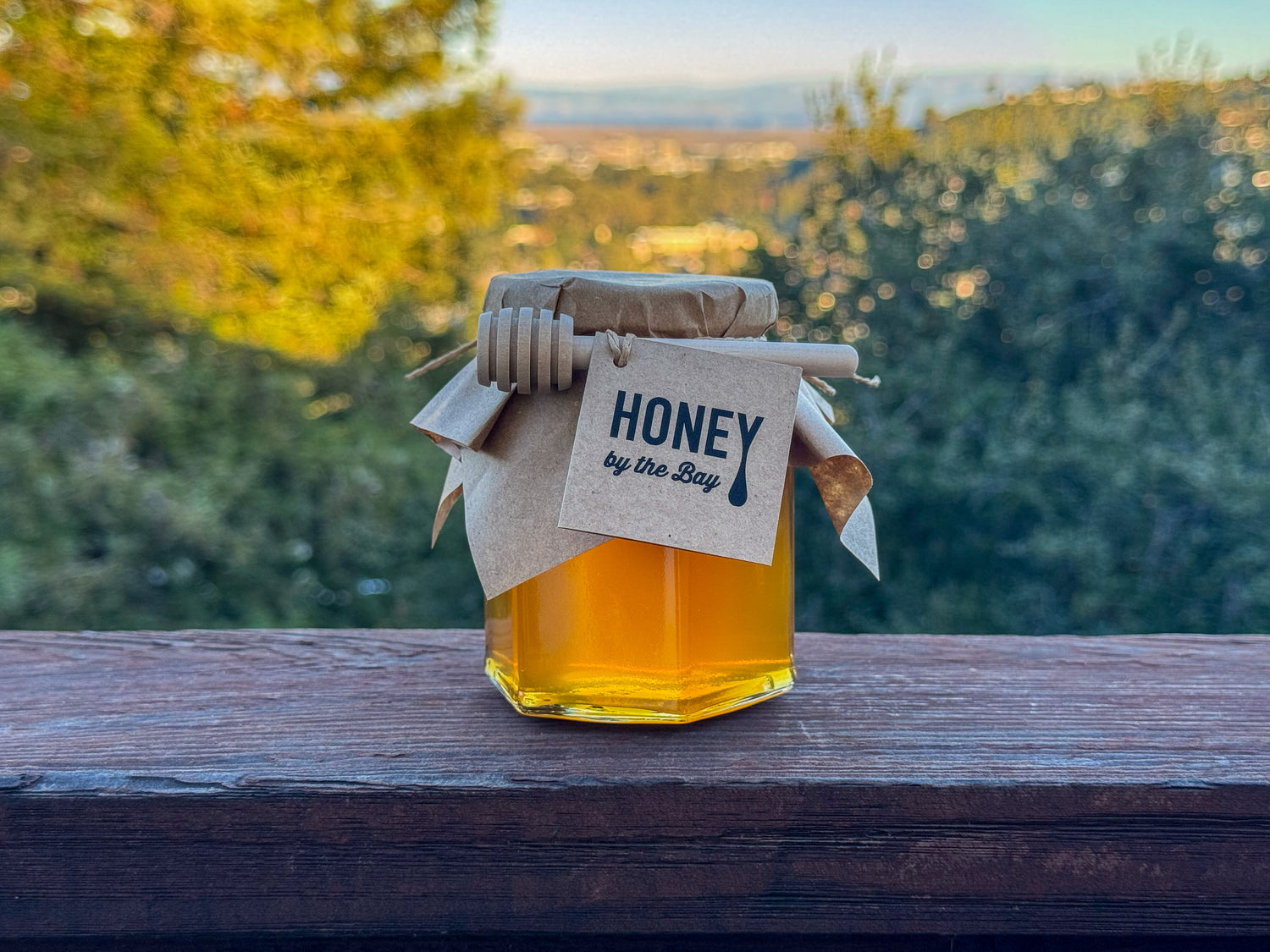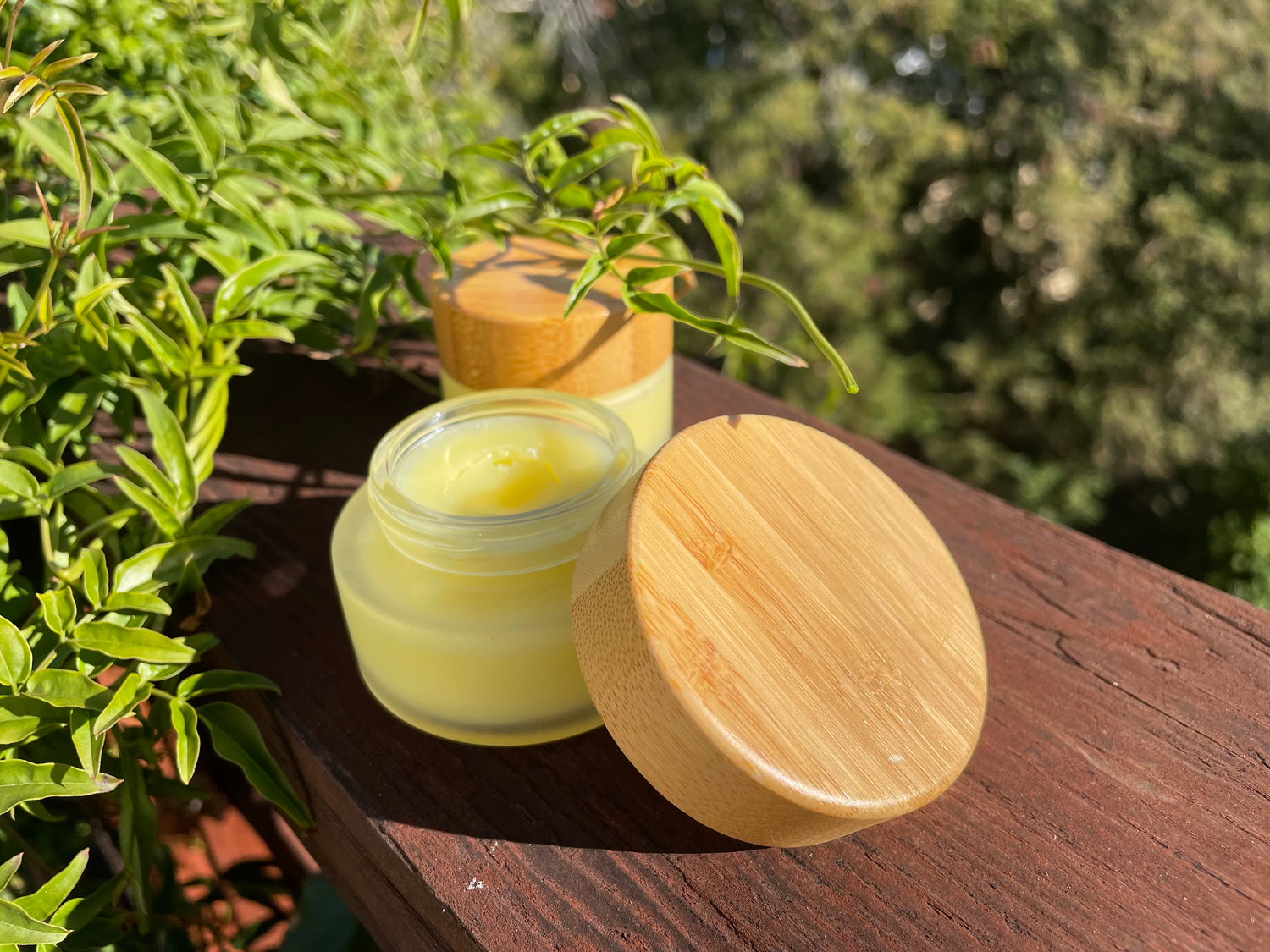Overview
Queen rearing means intentionally raising new queens from selected larvae. One of the most important steps in the process is creating a queenless cell builder—a temporary colony without a queen, ready to accept grafted larvae and raise high-quality queens.
This guide, based on Steve Clifford’s queen rearing video, is designed for small-scale backyard beekeepers looking for a simple, practical, and reliable method.
We can’t tell the bees to raise queens—we encourage them by creating the right conditions. A queenless colony, filled with nurse bees, well-fed with pollen and nectar or syrup, and crowded, will instinctively start raising a new queen. By combining urgency and abundance, we tap into that instinct.
Materials and Equipment
-
A strong, healthy colony (single or double deep)
-
One deep hive box and four additional frames (ideally drawn comb)
-
Grafting tools (Chinese or German grafting tool)
-
Frame feeder and 1:1 sugar syrup
-
Optional: reading glasses, flashlight or headlamp, magnifier
🐝 Step 1: Choose Your Breeder Colony
Select a colony with traits you want to propagate—gentle, productive, mite-resistant, and successful at overwintering. This colony will supply the larvae.
🏗️ Step 2: Set Up a Queenless Cell Builder
-
Choose a strong colony to serve as both the cell starter and later the finisher.
-
Identify a donor frame from your breeder colony with very young larvae (ideally 4 days old).
-
Find and set aside the queen—you’ll need her in the upper box later.
-
Remove all the boxes from the bottom board and place an empty deep box directly on the board, keeping the entrance orientation unchanged.
-
In that lower box, add:
-
A frame feeder with 1:1 syrup
-
Two frames with pollen but no brood
-
Space for your grafting frame (placed between the pollen frames)
-
Nurse bees shaken in from 3–4 brood frames (be very careful not to shake in the queen)
-
-
Place a double screen board on top of the lower box.
-
Add your original brood box(es), with the queen, above the screen board.
-
Open an upper entrance at the back of the hive (with the help of your double screen board) to allow bees to exit the top box. Returning foragers will re-enter through the original front entrance and boost the queenless lower box.

This setup creates:
-
A queenless cell starter in the lower box, full of nurse bees and resources
-
A queenright colony above, somewhat depleted but still functioning
Let the cell starter sit for 1–2 hours before grafting to allow the bees to realize they are queenless. When done with grafting, insert the grafting frame between the pollen frames.
🔁 Step 3: Transition to a Queenright Cell Finisher
Once the queen cells have been started, it's time to let a strong queenright colony finish the job.
-
Remove the boxes from the bottom board and set the double screen board aside.
-
Place the original brood box (with the queen) on the bottom board.
-
Add a queen excluder.
-
Place the grafted cell builder box on top.
-
Add 2 brood frames around the grafting frame to attract nurse bees in the upper box.

✂️ Step 4: Harvest the Queen Cells
Ten days after grafting, you can harvest your queen cells and use them in your splits or queenless colonies.
Queens will emerge on days 11–12. Allow one week for them to harden and another for mating flights. Avoid disturbing colonies during this time. You should see eggs about two weeks after emergence (weather permitting). If not, give her another week and look for open brood.

📅 Queen Rearing Calculator
Staying on schedule is critical. Too early, and the queen pupae may be damaged; too late, and the first queen to emerge could destroy the rest.
To help with timing, I created a Queen Rearing Calculator. You can select your grafting date or target harvest date, and the tool will generate a detailed schedule of what to do when.


